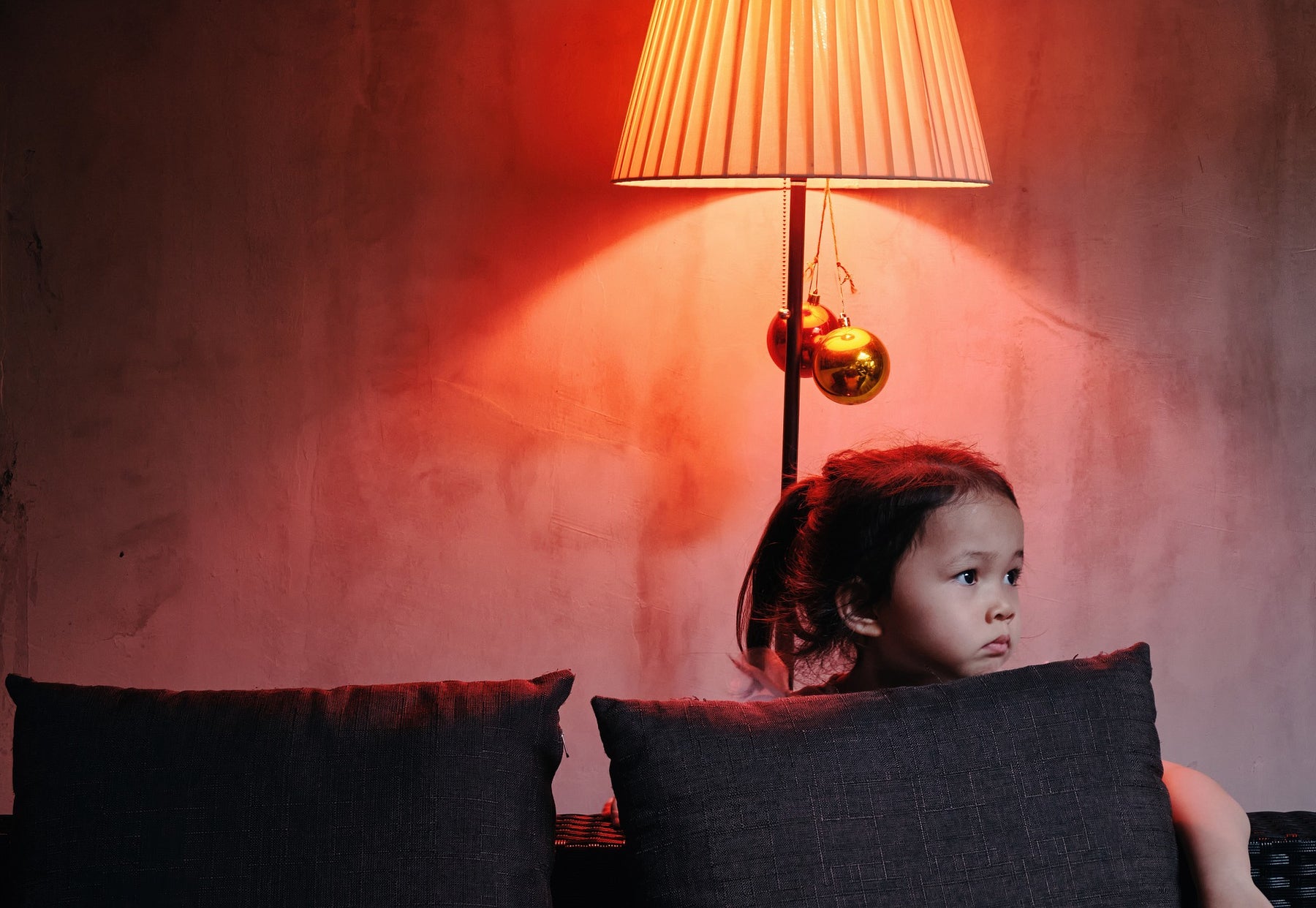
How to Choose Light for Your Kids? Part.2
In the previous article, we discussed how to choose the right light for kids. In this article, we will focus on other small points when designing lighting for your kids’ room.
-
Lighting design
The prerequisite for the layout of lamps in the children's room is that all the lights should not shine directly into the children's eyes, after all, the children are in the stage of visual development. So, the simple design philosophy is using different lights according to different occasions. In addition, it is not recommended to install floor lamps in children's rooms. When children run and jump, they easily trip over wires and be crushed by overturned floor lamps.
So be careful when designing and arranging lights. Here are some tips:
2.1 No exposed bulbs
Using exposed bulbs without a lampshade is not safe. Children may directly touch the light bulb which will easy to cause electric shock or burns. Furthermore, the lamp will be too dazzling and it is recommended to choose a light shade to block and filter the strong light. To some extent, LED light covers also can help by blocking some of the blue light from the LED bulbs.We can low-voltage light strips as well.
2.2 Be careful with spotlights for accent lighting
Direct high-intensity light can cause blindness in the baby's eyes.
If the angle of the spotlight is not well grasped, the light from the spotlight may reflect directly on the retina of the child, which will damage the child's vision and may also cause the child's mental stress.
If you want to use spotlights to illuminate artwork on the wall (such as picture frames), avoid creating harsh highlights. Therefore, when lighting, it is necessary to shoot at the artwork from the side. Light comes from the side so that the harsh highlights will not reflect directly on the eyes of the people.
2.3 No lamp at or above the head of the bed
It is not suitable to set lamps directly above the head of the bed, whether it is the main lamp or floor lamp, wall lamp, or spotlight.
Children's eyesight is very fragile and can't handle direct light although the lamp on the bed can give more light to the bed. The safe design is to ensure that the child cannot see the lamp head while lying in bed.
2.4 Desk lamp
Children will finish reading and doing homework on the desk. Therefore, it is necessary to place a lamp onto the secretaire.
Children may play and read in any corner of the room. Make sure that the basic lighting can provide the room with uniform, sufficient illumination, and choose a full spectrum reading and writing desk lamp on the desk so that children can stay focused and feel comfortable while studying.
When placing children's artistic creations or memorable collections, small spotlights or light strips can be added appropriately to make them better displayed.
Motion sensor night light can be added under the bed or on the wall to avoid stimulating children's eyes with sudden bright light so that children can sleep independently and get up at night more securely.

2.5 Material of the lamps
In terms of materials, it is necessary to choose safe, non-toxic, and harmless lamps, so as to create a healthy space for children.
When we design the baby room, we should pay attention to the lighting arrangement to give the baby a healthy living environment. An excellent children's room lighting design can bring great benefits to children's body and mind.
If you have any further questions regarding choosing lights for your kids’ room, please no hesitate to contact us for suggestions.

Leave a comment